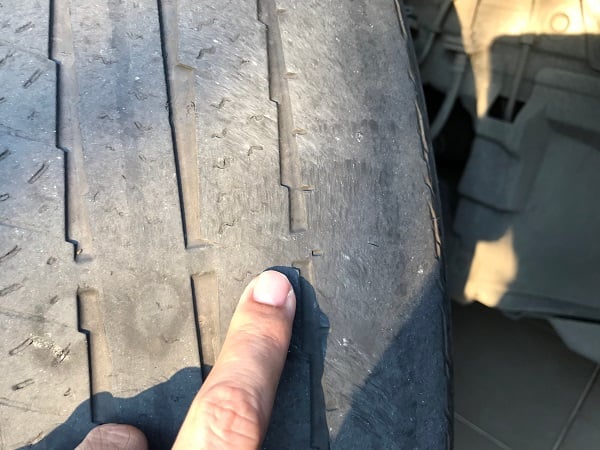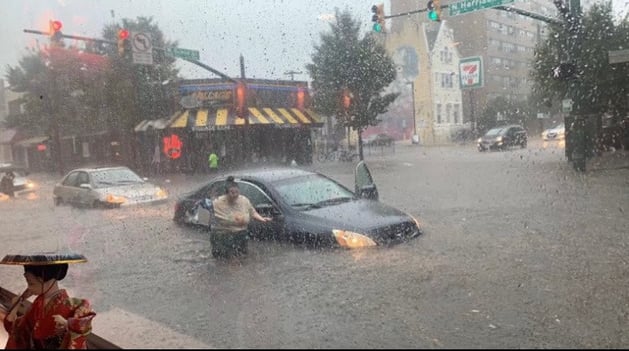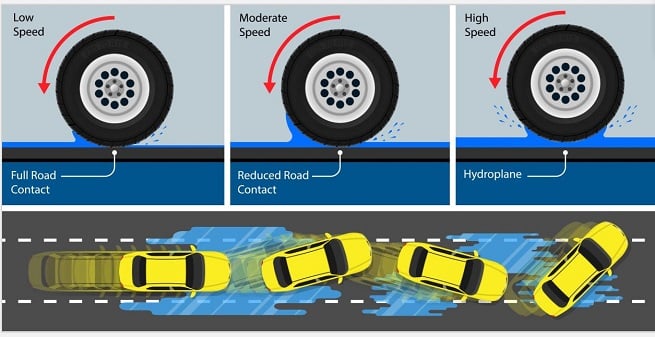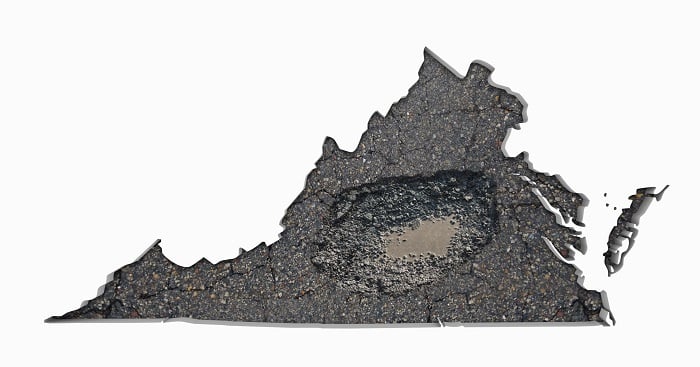
Virginia has four seasons and each of them can pose challenging driving conditions. Winter's snow and ice bring serious driving hazards with so little experience compared to our northern neighbors. Spring and summer bring their driving dangers as severe weather rolls through and vacations uptick travel. Even our beautiful fall season can bring unique dangers for drivers.
Wet pavement a top risk for car crashes
Did you know plain old wet roads are the leading cause of traffic crashes? When rain mixes with oil and grease, slick conditions can ensue. Rain also impedes visibility, making it harder to see and harder to be seen. Drivers forget to lower their speed, turn on their headlights, and drive the conditions. Heavier downpours can lead to flooding and even more dangerous roadways. We've seen it all! Our car insurance claim experts have valuable tips for driving in the rain and keeping you and your family safe.
Tips for driving safely in the rain
Start with regular car maintenance
Maintaining working headlights, tail lights, wiper blades, and tires is key to driving safely in the rain. A clean interior windshield is important as well and often gets ignored. The tread on your tires greatly impacts your car's traction on the road. Bald tires severely reduce traction. Regularly check the air pressure in your tires and be sure they are properly inflated.

Delay your trip
Sometimes it just makes sense to stay home if you can. Check the weather and road conditions, especially when heavy rains in a short period are forecasted. Roads can flood quickly, resulting in dangerous driving conditions. Never drive through flood waters. Roads covered by water are prone to collapse. It's also tough to tell how deep the water is, and your car can quickly get overcome. Even lower levels of water can cause your car to stall because they can be pushed higher by larger passing vehicles. Trying to restart your car after a flooded engine can cause irreparable damage.
Check out these flooded roadways in downtown Richmond when nearly three inches of rain quickly fell one summer afternoon in 2021.

Think about your route
If you can't avoid travel, consider which route makes the most sense if rain is imminent. Avoid low-lying roads or those prone to flooding. Pay attention to barricades and never drive past them. If you come across a flooded roadway, turn around and go a different way. If caught in a flooded roadway or parking lot, drive slowly to higher ground.
Water is most likely the most shallow in the center of the road. Avoid passing other cars and maintain a safe distance.
Use your headlights
Using headlights while diving in the rain is a Virginia law. Law 46.2-1030 states that every vehicle on a commonwealth highway should have lighted headlights when windshield wipers are in use due to fog, rain, sleet, or snow. It also requires windshield wipers when rain, smoke, fog, snow, sleet, insufficient light, or other unfavorable atmospheric conditions reduce visibility by 500 feet.
Can you spot the car with no headlights on in the side mirror? It's super hard to see!

Although many newer cars have automatic running lights, turning on your headlights also triggers your tail lights. So please make use of them along with your turn signals. And avoid using your high beams; the brighter light will reflect off wet surfaces, distracting other drivers and bounce back into your eyes.
Watch your speed
Remember that speed limits are designed for perfect driving conditions. Wet roads are a good reason to slow down. If another driver gets impatient with you and follows too close, pull over or stay in the right lane on the highway and let them pass.
What to do if you hydroplane while driving
Avoid using cruise control. The automatic acceleration and traveling at higher speeds when roads are wet can cause you to lose control, called hydroplaning. Hydroplaning happens when your tires lose grip and ride on a thin film of water on the road. It dramatically reduces your ability to safely brake and accurately steer.
If you begin to hydroplane, regain control with these steps to avoid a collision:
- Take your foot off the gas pedal
- Calmly and gently steer in the direction you are trying to go.
- It may take several attempts to steer out of the skid, but you can get back on course and potentially avoid a crash.

We're close by and ready to help!
Staying safe while driving is simple if you make the effort to follow a few of these safety precautions. Two of the most effective ways to avoid an accident in the rain are by using your headlights and tail lights and reducing your speed. If you have a claim, we're right here and ready to help!
Learn more about car insurance in Virginia
THE NORTHERN NECK INSURANCE INTEGRITY PROMISE — We pledge to provide straight talk and good counsel from our NNINS Virginia insurance experts through our blog. While we hope you find this to be a helpful source of information, it does not replace the guidance of a licensed insurance professional, nor does it modify the terms of your Northern Neck Insurance policy in any way. All insurance products are governed by the terms in the applicable insurance policy.




